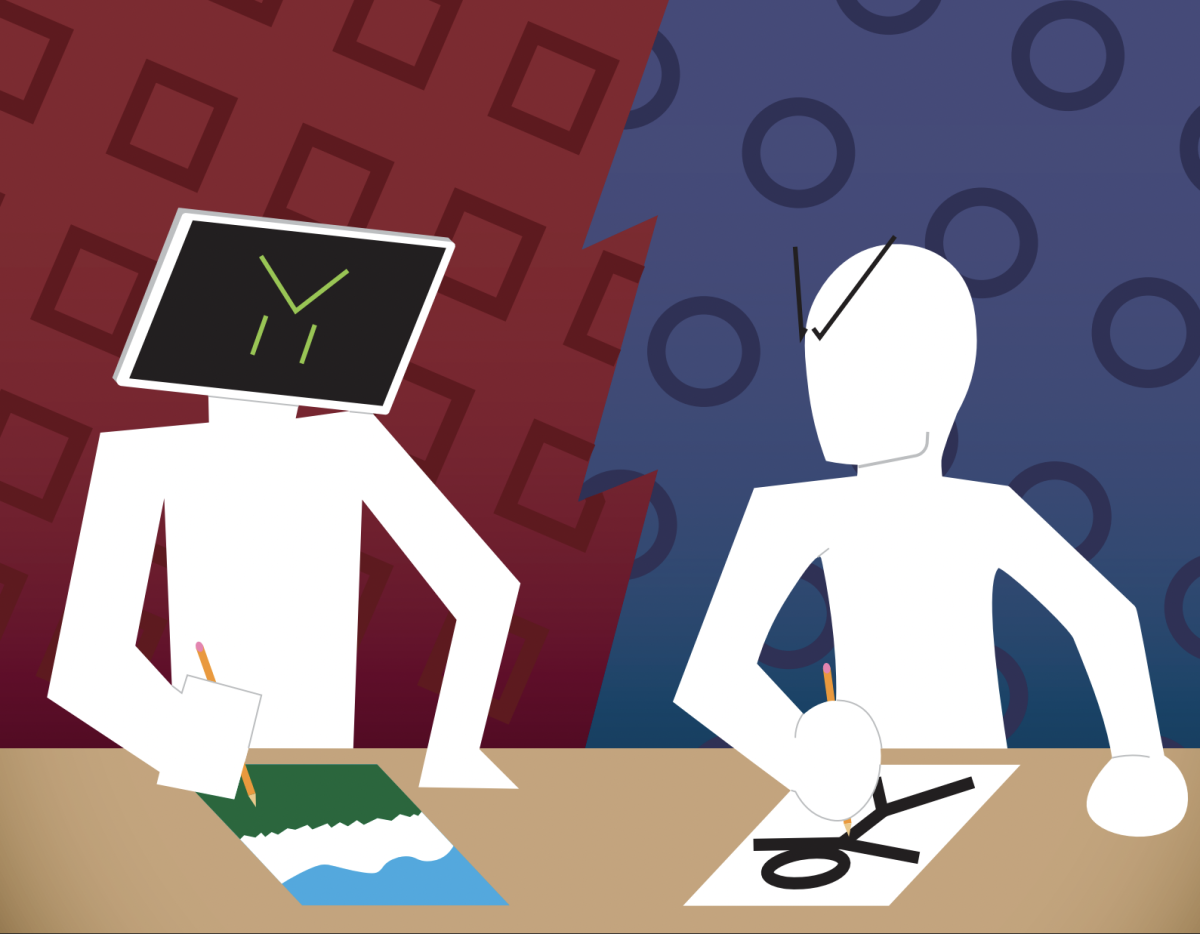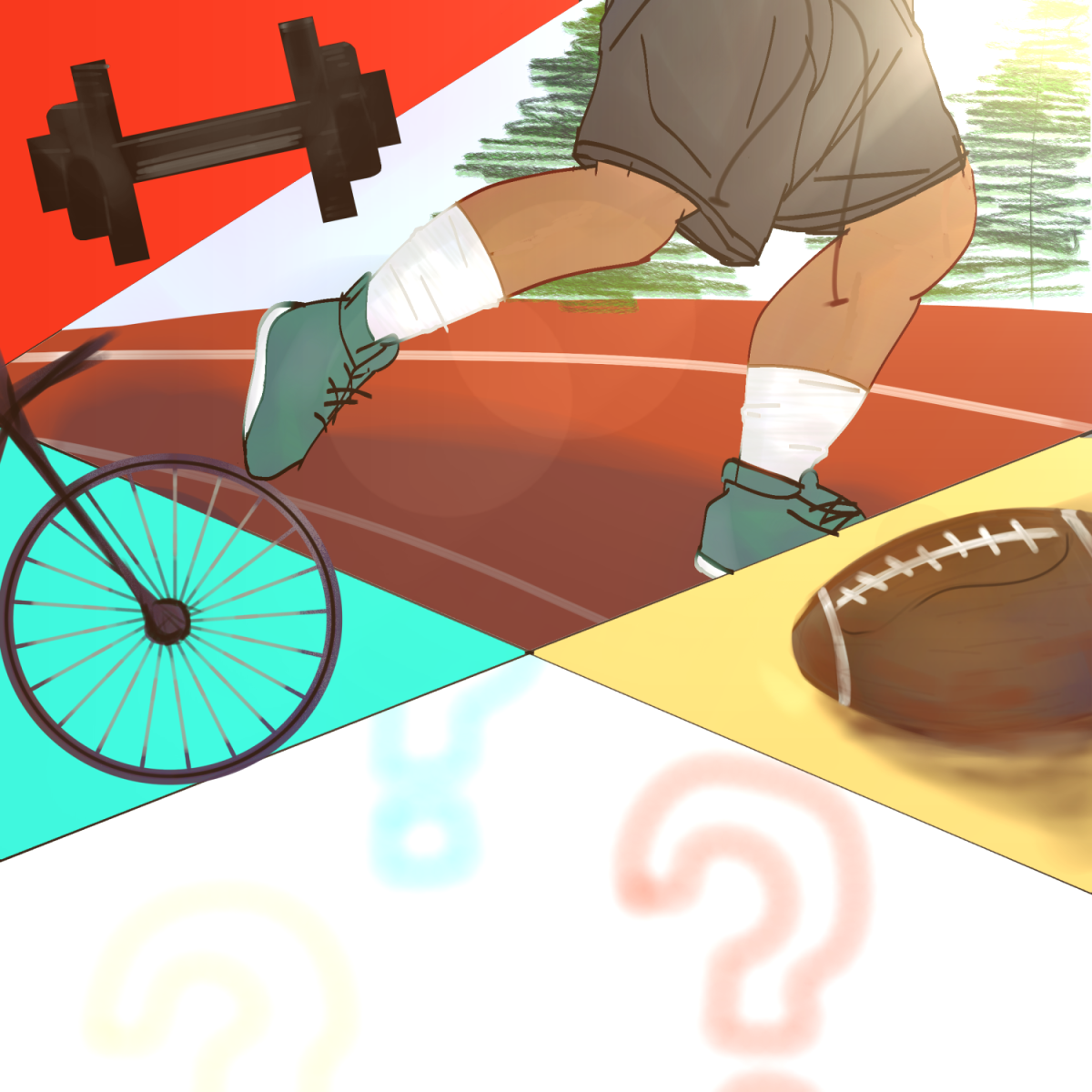In this age of fast media, and the even faster spreading of information, it is easy for people to overlook the origins of news and how it has evolved into what it is today. With the ability to share knowledge almost as soon as it is found, what use do we have for newspapers today which take significantly longer and cost more money than online counterparts? Newspapers were at one point in time one of the only ways to get reliable information instead of hearing about it from some random gossiper. The fall of newspapers began when the internet was invented, and they continue to lose popularity even today.
Freshman Elliot Chin thinks that this is happening because “news is becoming more and more easily available to people online and they are finding that they have many sources.” PSprint explains that “the number of daily newspapers in the U.S. has decreased from 1,730 in 1981 to 1,331 in 2014, the latest year figures were available. As print newspapers decrease, the number of unique visitors to newspaper websites increases – the average monthly number of unique visitors for the top 50 newspapers increased from 8.2 million in 2014 to 11.7 million in 2016.” While physical newspapers may have begun their descent into being outdated, modern online newspapers and news sites have already begun to take their place in the media. The lowered prices, higher ease of access, and lower strain on forests cannot be beaten by physical newspapers, but there is something to be said about the feeling of them that cannot be felt anywhere else.
People have had newspapers for hundreds of years, and according to Britannica, some “forerunners of the modern newspaper include the Acta diurna (‘daily acts’) of ancient Rome—posted announcements of political and social events.” People’s knowledge of the history of newspapers is, unsurprisingly, thin. According to sophomore Megan Chapman, the most they knew about newspapers was that they were an efficient way to get news “when the printing press was invented in the 1700s.” The original form of newspaper According to PSprint was invented in China and it was known as “the tipao. Created as early as 202 BC, these were ‘palace reports or imperial bulletins’ distributed by the government and intended for bureaucrats.” Newspapers can first be found in their modern form after the Dutch “corantos” (“currents of news”) was in invented in the early 17th century. These documents brought together scattered news from all different sources and put them in one place to be read. English, French, and German translations quickly became popular in their respective areas and the first newspaper was eventually created by the 1640s. The first daily newspaper like the New York Times was created in 1702 under the name The Daily Courant. The Newspaper industry was greatly helped along by the invention of the printing press in 1440 by German inventor Johannes Guttenberg.
Many places such as Africa did not have newspapers until the Imperialists came and conquered much of the land. According to WorldAtlas, “The first newspaper in Africa was established in Mauritius in 1773 by the French. ‘Announces, Affiches et Avis Divers pour les Colonies des Isles de France et de Bourbon’ newspaper, which was the first in Africa, was first published on January 13, 1773, by Nicolas Lambert. The newspaper was printed in French and published weekly.” Newspapers are excellent first or second hand sources that can be used to document not just an event in history, but also the public’s opinion on the event as well as censorship by the government. An example of this can be found in Carnegie Mellon’s University Library which catalogs first and second hand sources they have access to. The University say, “Chinese historical newspapers providing critical perspectives and first-hand accounts on the ending of more than 2,000 years of imperial rule in China, the Taiping Rebellion, the Opium Wars with Great Britain, the Boxer Rebellion and the events leading up to the 1911 Xinhai Revolution, and the subsequent founding of the Republic of China.” Most people know next to nothing about these foreign newspapers, as evidenced by junior Charles Corcoran, who says “I can’t read [foreign newspapers].”
While digital sites containing news are on the rise, physical newspapers are not going to disappear anytime soon. There is simply too much infrastructure to get rid of them and they have a deep and rich history that people should not. Take senior James Fawcett’s words about the disappearance of physical newspapers: “I think what’s going to happen is the gaps are going to fill itself and I think a lot of people will come to the conclusion that paper media is still fun.” Whether people enjoy physical or digital media, if they stay informed, it does not matter.






